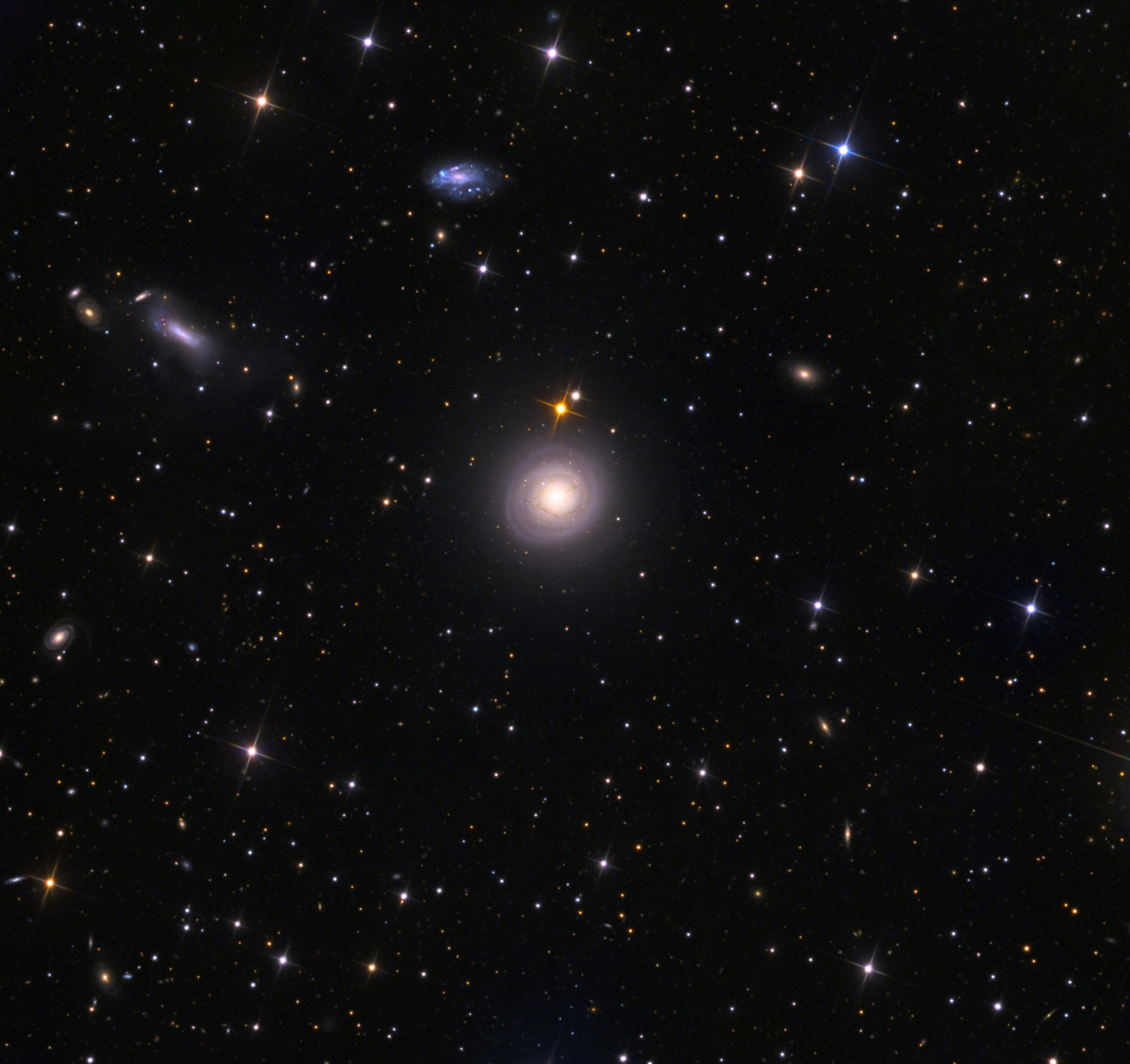Planetary Radio • Aug 09, 2017
Dark Energy Attracts? Astrophysicists Jason Rhodes and Alina Kiessling
On This Episode

Jason Rhodes
Principal Scientist for Jet Propulsion Laboratory

Alina Kiessling
Research Scientist for Jet Propulsion Laboratory
JPL astrophysicists Alina Kiessling and Jason Rhodes were brought together by their fascination over the mystery of dark energy. They talk with Planetary Radio about their research and the many missions they are contributing to, including WFIRST, a unique new space telescope. Director of Space Policy Casey Dreier reviews the US Senate’s 2018 NASA budget proposal. CEO Bill Nye says enjoy the Great American Eclipse, but be careful! All this and What’s Up with Bruce Betts.


Related Links:
- Jason Rhodes guest blog about using starshades to create an artificial eclipse
- Jason Rhodes at JPL
- Alina Kiessling at JPL
- The 2017 North American Total Solar Eclipse
- The Senate Makes Its Move: Nearly $200M less for NASA in 2018
- Planetary Radio Space Policy Edition #15: Congressman Rick Larsen & Could Russia Exit the ISS?
- Chop Shop Planetary Society Store
This week's prizes are the brand new Chop Shop-designed Planetary Radio t-shirt, cheap but effective Bill Nye solar eclipse glasses, and a 200-point iTelescope.net astronomy account.
This week's question:
When is the next total solar eclipse on Earth after the one on August 21, 2017?
To submit your answer:
Complete the contest entry form at http://planetary.org/radiocontest or write to us at [email protected] no later than Wednesday, August 16th at 8am Pacific Time. Be sure to include your name and mailing address.
Last week's question:
Just before totality in a solar eclipse, the sun is blocked except for sunlight streaming through lunar valleys along the limb. Who are these brief, bright “beads” of light named after?
Answer:
The answer will be revealed next week.
Question from the week before:
Mars’ orbit is elliptical, of course. How much closer is it to the sun when it is at perihelion (closest to the sun) than it is at aphelion (farthest from the sun)?
Answer:
Mars is roughly 42.5 million kilometers closer to the sun at perihelion than at aphelion, or .285 AU, or about 354 billion Mars bars.


 Explore Worlds
Explore Worlds Find Life
Find Life Defend Earth
Defend Earth



